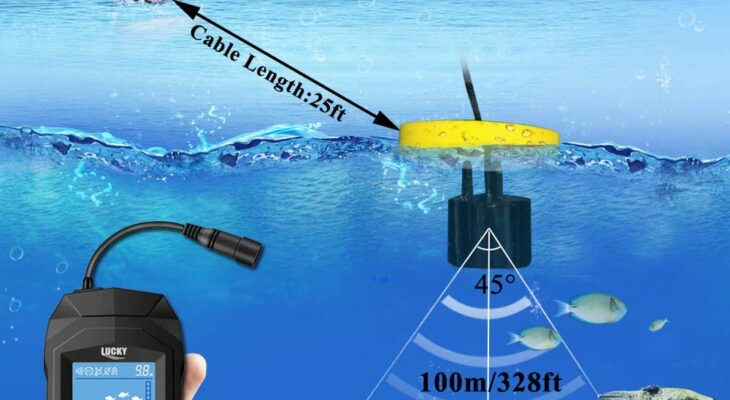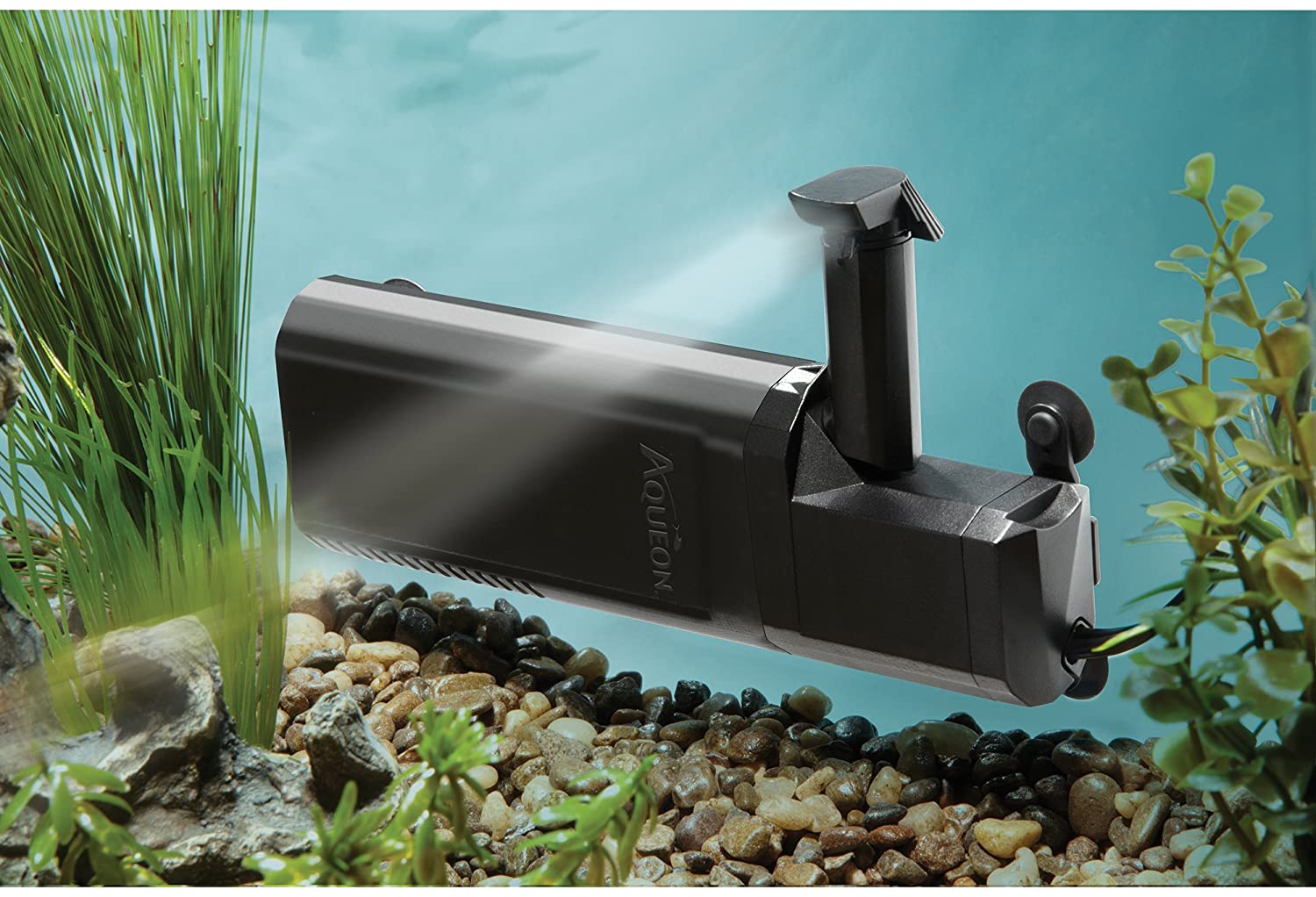Last updated on January 13th, 2021 at 04:36 am
Last updated on January 13th, 2021
There’s an old saying, “Find the bait and you will find the fish,” which is true. If you are in a dilemma to get a fish finder and feel you need one, then the answer is a clear yes. A fish finder allows you to ignore water that has no fish active and no bait. It will track huge bait spots and if there are any feeding target fish.
This will immediately eliminate those periods of time when you are fishing for hours without getting a bite.
The Importance of a Fish Finder
A Fish Finder is a device that is used to help you catch more fish by identifying more promising fishing locations. As the name implies, it aids in locating particular fish and structure below the water. It makes use of sound energy pulse deflections underwater for its detection.
A fish finder provides a fisherman a choice to view the underwater structure, the depth, speed, any hiding spots, and temperature of the water column. It displays generally uses sonar signals. These signals provide visual images of moving and still objects underwater.
A transducer is employed to converts the electrical signals to sound signals from the fish finder. These sound signals travel down on a fish or to the water depth and echoes back. It is picked by the transducer, which again transforms it into electrical signals and back to the finder. Here they are converted to pictures or symbols.

Is it possible to fit a fish finder on a kayak?
A gunwale-mounted type of fish finder can be fit on a kayak without affecting your pedaling for a paddling kayak. Having a GPS fish finding unit mounted on the kayak can provide unique benefits to a fisherman.
You can also purchase portable fish finders that can be cast using a fishing rod and wirelessly connected to your smartphone. If you are going to be moving between a boat, kayak, and bank fishing then you might want to consider this.
Fish Finder Primary Benefits
Locate
It is easier to locate bait underwater. When you are finding it tough to discover the bait from the surface, a fish finder is a boon. Several times, this bait could be within the water column suspended, so it becomes difficult to locate it. You will be glad to have a fish finding device during these times.
Mark your spot
If you are focusing on particular varieties of fish, a fish finder will locate these flat areas or structures. When you are not in a common area of fishing, knowing the water depth is beneficial. If this is the area where fish groups are present, you will set a land reference to visit back. You will be able to line up some reference spots to get back to your productive fishing with a fish-finding tool.
Depth
Knowing depth also helps to understand which type of structure is at the bottom. Which otherwise can be time and energy-consuming as you will have to do trial and error to find a spot. This will also help when you want to dive off in the hope of a great reef below. Knowledge of the depth of sea bottom is a plus, which is easily possible with a fish finder.
Navigate
A GPS provides easy navigation to potential fishing spots that are located in earlier markings. With waterproof features, a fish finder can navigate the deepest of the lakes and waters.
Habitat
A fish finder aids in showing you an underwater structure. A habitat location is a perfect spot to locate fish in a particular season. It is amongst the most assisting features in a fish finder.
Temperature
A temperature display is also enabled in a gadget. With these features, you can locate underwater currents and creeks. Temperature detection has an impact on fish movement.
Key features of a Fish Finder device
- Advanced GPS to display the vessel location while driving on water.
- Easy to use screen features that can locate fish on all water terrains.
- It can be utilized in various climatic conditions such as snow, rain, faster lake flow, under ice, and turbulent rivers.
- Noise reduction features (in some fish finders) to locate faster-moving prey and to display their images.
- A gauge for detecting temperature which is used to find the precise location of the fish in their spawning time.
- A fish finder is capable of trackback that is used to review the vessel movements.
- A boat’s speed is featured with a speedometer. A device detects the right speed of the boat to keep the fish undisturbed as fishes can be driven away with fast-moving ships.
- Fishfinders come in various power voltages, which is based on the water depth where it is used. In deeper salty waters, a higher peak power watt has to be used in a fish finder.
- A higher pixel fish finder will provide a clear image. You can choose the pixel number to be displayed, usually present in most of the finders.
- If you want to locate fish on either side of the boat, a side-scan feature helps to do so in a device. This way, you can view the surrounding fishes on a boat. There are higher chances to locate more fishes this way.
- This device can act as a port for both commercial purposes and personal fishing pleasure.
- Based on the reflected electrical signal strength, a fish finder can easily find the difference between a large rock or a water body at the bottom or underwater.
- With a finder, you can know the depth of water, fish alarms, and zoom when required to get a clear picture.
- It offers an excellent contrasting feature to get a clear view, even during a bright day.
- It is a user-friendly device with convenient to use features.
Extra Features
Some additional features come with a device including:
- Changing the transducer’s scope
- Shallow alarm in water
- Water column depths view on dual-screen
What do you need along with a finder?
- A power source of 12 V
- Bait lights or tanks
- In-line fuse for protection from overload
- Marine wire of 18-22 gauge
Conclusion
From above, it’s quite clear as to how beneficial and why to use a fish finder. Your fishing trip can be optimized with the numerous features that a device offers. Using these features, you can locate, target, navigate, mark the spots, and locate the habitat very quickly.
The device is easy to use, weather-friendly, user-friendly, GPS enabled, and versatile. A fish finder is time and energy saving for fishing.






No Responses